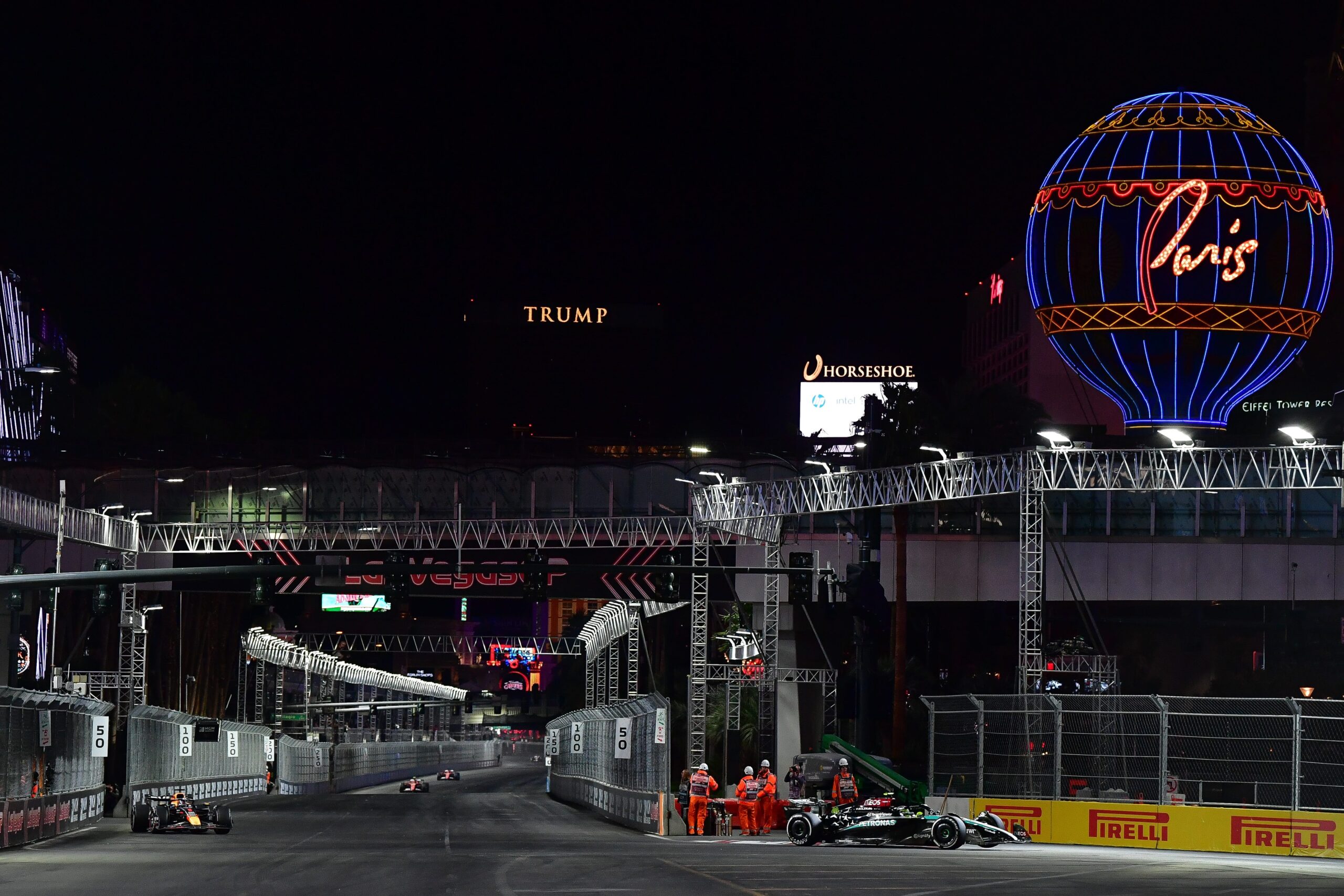
Las Vegas Grand Prix Shifts Gears: Earlier Start Time, Lower Ticket Prices, and a New Fan Experience
The Formula One Las Vegas Grand Prix, a relatively new addition to the F1 calendar, is proactively addressing feedback and fine-tuning its approach for its upcoming third edition in November 2025. In a move designed to enhance the experience for fans both domestically and internationally, the race organizers have announced a significant shift in the start time, moving it two hours earlier from 10 p.m. PT to 8 p.m. PT. This decision, coupled with the introduction of more affordable ticket options and the unveiling of a massive fan attraction, signals a commitment to solidifying the Las Vegas GP’s position as a premier event on the Formula One circuit.
The initial scheduling of the Las Vegas Grand Prix, while embracing the allure of a nighttime race against the backdrop of the iconic Las Vegas Strip, presented certain challenges. Feedback from various stakeholders, including local residents, the broader F1 community, ticket holders, and particularly East Coast fans, highlighted the difficulty in staying awake for the entirety of the late-night race. The original 10 p.m. PT start time translated to a 1 a.m. ET start on the East Coast, making it a less-than-ideal viewing experience for a significant portion of the American fanbase.
Emly Prazer, president and CEO of the Las Vegas GP, acknowledged the concerns and emphasized the importance of responsiveness in shaping the event’s future. "I think, as we’ve just learned, it’s just slightly too late. So, we took on the feedback on what everybody was asking for, and for us to be stubborn about it isn’t the right decision," Prazer stated ahead of the 2025 Miami Grand Prix. The decision to move the start time reflects a willingness to adapt and prioritize the fan experience, a crucial element in establishing the long-term success of the race.
The earlier start time aims to strike a balance, ensuring that the race retains its nighttime appeal while also becoming more accessible to a wider audience. The projected finish time, aligning roughly with the original start time, is expected to allow F1 drivers, teams, and fans alike to further immerse themselves in the vibrant atmosphere of Las Vegas after the race. This enhanced post-race experience is a key element of the overall strategy, capitalizing on the city’s reputation as a world-class entertainment destination. Furthermore, the time change is anticipated to maintain its appeal to overseas F1 markets in Europe, the Middle East, and Asia, ensuring a global audience for the event.
Beyond the adjusted start time, the Las Vegas GP is also addressing affordability concerns. Recognizing the challenges faced during the inaugural races, where ticket prices had to be lowered in the lead-up to the event, the organizers are adopting a new approach for 2025. By offering the cheapest tickets in the event’s three-year history, they hope to incentivize early ticket purchases and avoid the need for last-minute price reductions.
Prazer explained that the initial high ticket prices were largely due to the limited timeframe for organizing the first race and the lack of a clear understanding of operating expenses. "We were quite open about the fact that we had a very short window to make the first race happen, trying really hard to understand what all of that meant. We didn’t have much insight into operating expenses, so there was a little bit of a challenge. We’re now super confident that we know how to put this race on cost effectively, and so we wanted to pass through that benefit to the fan," she said. This commitment to affordability demonstrates a desire to make the Las Vegas Grand Prix accessible to a broader range of fans, fostering a more inclusive and engaging atmosphere.
Adding another layer to the fan experience, Las Vegas officials recently announced the opening of Grand Prix Plaza, a sprawling 100,000-square-foot attraction dedicated to all things Formula One. Touted as North America’s largest F1 attraction, the Plaza offers a diverse range of activities and exhibits designed to immerse visitors in the world of racing. The venue features cars and artifacts from F1’s 75-year history, providing a historical perspective on the sport. In addition, it offers interactive experiences such as go-karting on a dedicated track and F1 simulations, allowing fans to test their skills behind the wheel. The Plaza also includes shopping and dining options, creating a comprehensive entertainment destination for F1 enthusiasts.
The Grand Prix Plaza leverages the Paddock Club area utilized during the Las Vegas Grand Prix race, transforming it into a year-round attraction. This strategic use of existing infrastructure maximizes the investment in the event and ensures that the F1 spirit remains alive in Las Vegas even when the race is not taking place.
"The one thing that we’re super proud of is that the race is actually phenomenal, it’s a super-fast track, and everybody loves the racing. We’re making it the ultimate F1 experience," Prazer emphasized. The focus on creating a compelling racing spectacle, combined with the enhanced fan experiences offered by the earlier start time, lower ticket prices, and the Grand Prix Plaza, positions the Las Vegas Grand Prix for continued growth and success on the Formula One calendar.
While Red Bull’s Max Verstappen emerged victorious in 2023 and Mercedes’ George Russell secured the win in 2024, the Las Vegas Grand Prix is still in its early stages of development. By actively listening to feedback, adapting its approach, and investing in the fan experience, the organizers are laying the foundation for a long and prosperous future for the race. The upcoming 2025 edition promises to be a significant step forward, solidifying the Las Vegas Grand Prix’s position as a must-see event for F1 fans around the world. The combination of thrilling racing, a vibrant city, and a commitment to fan satisfaction is a winning formula that is sure to resonate with audiences for years to come.
